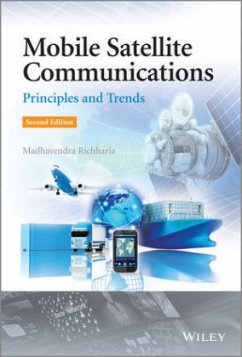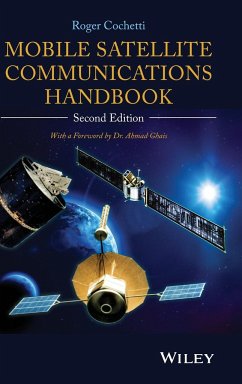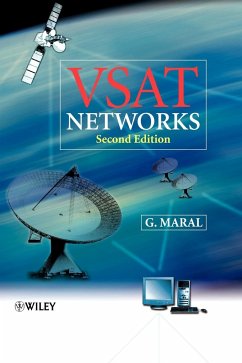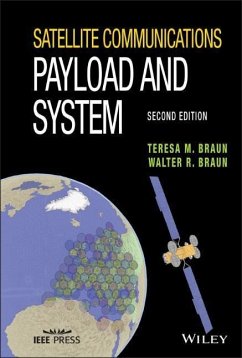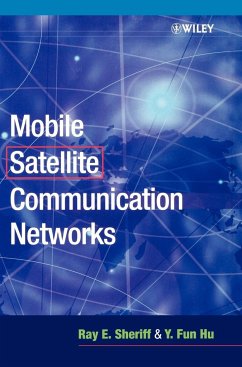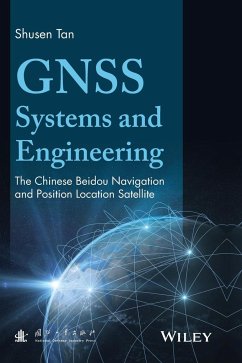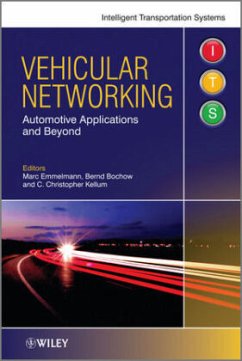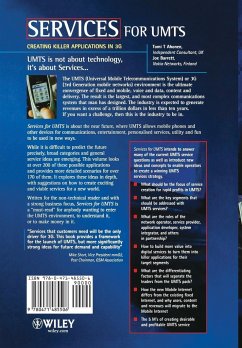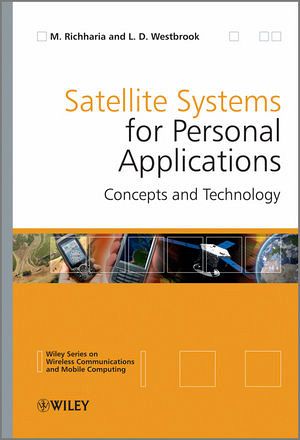
Satellite Systems for Personal Applications
Concepts and Technology
Versandkostenfrei!
Versandfertig in über 4 Wochen
129,99 €
inkl. MwSt.
Weitere Ausgaben:

PAYBACK Punkte
65 °P sammeln!
Presents the concepts, technology, and role of satellite systems in support of personal applications, such as mobile and broadband communications, navigation, television, radio and multimedia broadcasting, safety of life services, etc. This book presents a novel perspective on satellite systems, reflecting the modern personal technology context, and hence a focus on the individual as end-user. The book begins by outlining key generic concepts before discussing techniques adopted in particular application areas; next, it exemplifies these techniques through discussion of state-of-art current an...
Presents the concepts, technology, and role of satellite systems in support of personal applications, such as mobile and broadband communications, navigation, television, radio and multimedia broadcasting, safety of life services, etc. This book presents a novel perspective on satellite systems, reflecting the modern personal technology context, and hence a focus on the individual as end-user. The book begins by outlining key generic concepts before discussing techniques adopted in particular application areas; next, it exemplifies these techniques through discussion of state-of-art current and emerging satellite systems. The book concludes by contemplating the likely evolution of these systems, taking into consideration influences and trends in technology, in conjunction with growing user expectations. In addition to addressing satellite systems that directly interact with personal devices, the book additionally considers those indirect applications where there is an increasing interest by individuals - notably, in remote sensing. As such, the book uniquely encompasses the entire gamut of satellite-enabled personal / end-user applications. Key Features: * Broad scope - views satellite systems generically with regards to their applicability across a wide range of personal application areas * Strong foundation in underlying concepts * State-of-the-art system examples * Review of trends in relevant areas of satellite technology * Revision questions at the end of each chapter The book is suited to individuals, engineers, scientists, service providers, system operators, application developers and managers interested or involved in the use of satellite technology for personal applications. It should also hold interest for use in research institutes interested in promoting inter-disciplinary cross-fertilization of ideas, as well as by financiers, policy makers, and strategists interested in gaining a better understanding of this technology.



